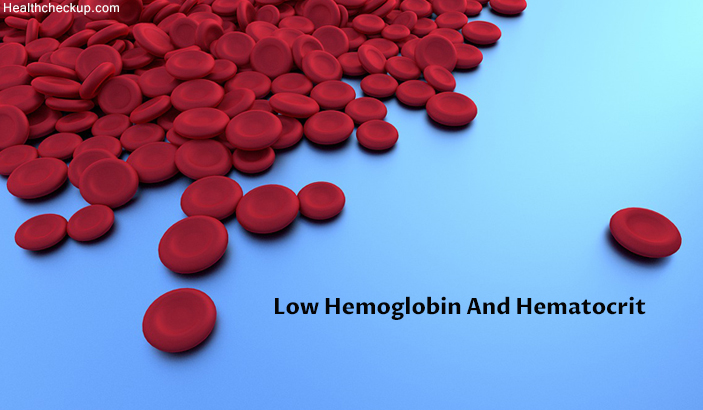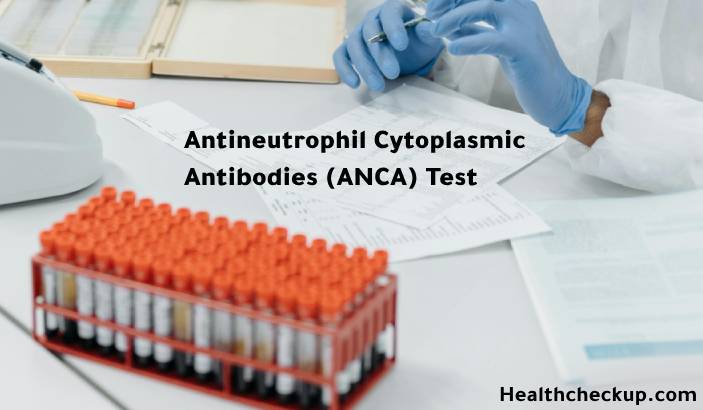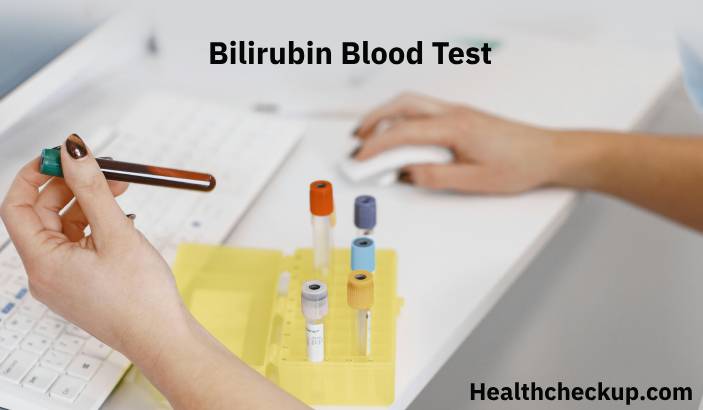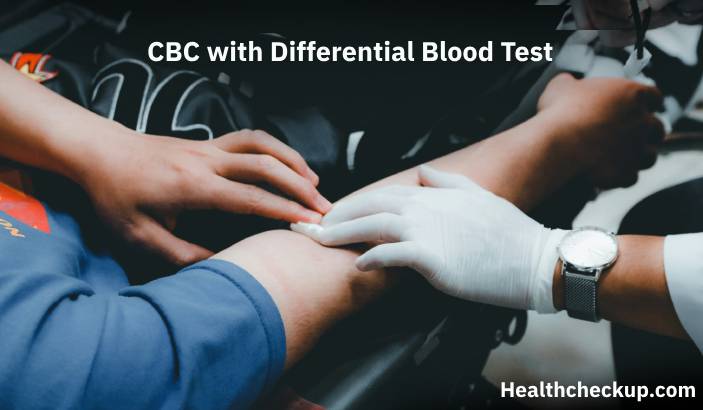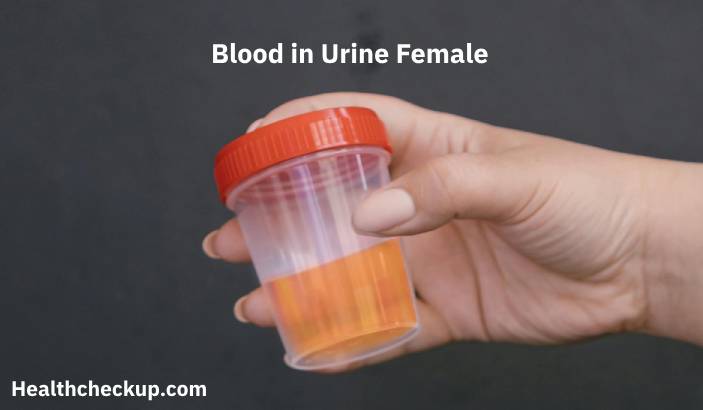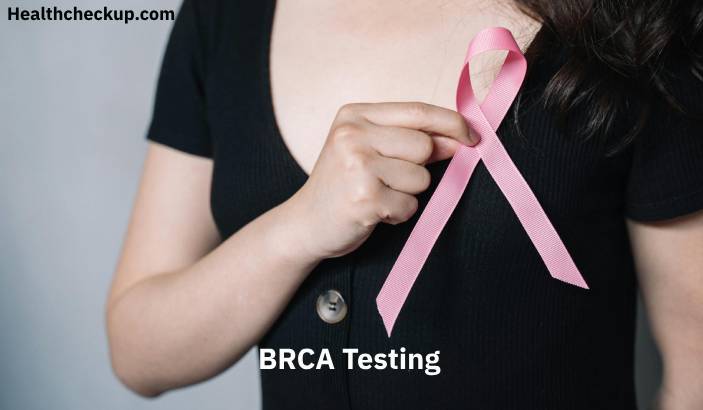A Hematocrit (HCT) test is done to determine the proportion of the red blood cells (RBCs) in your blood. Your blood contains white blood cells (WBCs), RBCs, and platelets that are dispersed in the plasma. Low hemoglobin and hematocrit may indicate that you are suffering from a certain disease so you must understand this better.
What Does It Mean When Your Hemoglobin And Hematocrit Are Low?
Around 37 percent to 49 percent of your blood’s volume is made up of RBCs. Usually, a complete blood count (CBC) makes a hematocrit a part thereof. But other components are taken into consideration to determine the proper result, such as hemoglobin, RBC count, RBC indices, reticulocyte count. Other factors, such as sex, age, and race, are also taken into account.
If you have low hematocrit with low hemoglobin, this is usually a sign that you have anemia. Other reasons may include;
- Nutritional deficiencies such as folate, iron, or B12
- Excessive blood loss from chronic bleeding in the bladder, uterus, or digestive tract or severe trauma
- Bone marrow damage from radiation, chemotherapy, toxin, drugs, or infection
- Bone marrow disorders such as myelodysplastic syndrome, aplastic anemia, or cancers such as lymphoma, leukemia, multiple myeloma, and others related to bone marrow
- Severe or chronic kidney failure
- Chronic inflammatory conditions
- Destruction of RBCs like hemolytic anemia
What Causes Low Hemoglobin And Hematocrit?
If the lifespan of the RBC is disrupted, it may result in low hemoglobin and hematocrit. The normal lifespan of an RBC is only about 120 days, and this is created in the bone marrow.
There are two main causes of anemia
- A decrease in RBC or hemoglobin production
- An increase in RBC loss or destruction.
Anemia may also be classified based on the mean corpuscular volume (MCV)
- MCV less than 80 means that you have microcytic anemia;
- MCV within 80 to 100 (normal range) means that you have normocytic anemia; and
- MCV is higher than 80 means that you have macrocytic anemia.
One of the most common causes of anemia is iron deficiency. This is because one of the major components of hemoglobin (HGB) is iron, and it is also crucial for it to function properly. If you are experiencing chronic blood loss, your iron level will become low.
What Level Of Hemoglobin Is Dangerously Low?
A blood test is used to measure hemoglobin (levels, mostly expressed in grams per deciliter of blood. If you have low levels of hemoglobin, it indicates that you have a low level of oxygen. If the result of your blood test shows that your hemoglobin is less than 13.5 grams per deciliter for men or less than 12 grams per deciliter for women, you will be diagnosed for anemia.
Normal Range Of Hemoglobin And Hematocrit
The normal hemoglobin levels and hematocrit levels in children may vary depending on age. A normal hematocrit, on the other hand, may depend on sex and age.
The Normal Hematocrit Ranges: From 55 percent to 68 percent for newborns, from 29 percent to 41 percent for 1-year-old, from 42 percent to 54 percent for male adults, and 38 percent to 46 percent for female adults.
How To Increase Hemoglobin (HGB) And Hematocrit (HCT)?
The following are some of the natural ways to remedy low hemoglobin and hematocrits;
1. Increase Iron Intake
Iron deficiency is one of the most common causes of low hemoglobin levels. Eating foods rich in iron, such as meat, fish, soy products, eggs, broccoli, green beans, nuts, and seeds, can boost the production of hemoglobin. These foods can also help in forming more RBCs.
2. Increase Folate Intake
Folate rich foods, such as beef, spinach, rice, peanuts, peas, beans, avocadoes, and lettuce, can help in the production of hemoglobin. Hemoglobin is composed of heme, which is produced with the help of folate. This helps in carrying oxygen in your body.
3. Maximize Iron Absorption
It is important to consume iron that can be found in foods or supplements. Aside from that, you also need to maximize the absorption of iron. To do this, you can take vitamin C-rich foods like strawberries, fruits, and green vegetables, as well as supplements.
Foods rich in vitamin A, such as fish, liver, squash, sweet potatoes, kale, and collards, as well as foods rich in beta-carotene, such as carrots, sweet potatoes, squash, cantaloupes, and mangoes, can also help in absorbing and using iron in your body.
Conclusion
Low hemoglobin and hematocrit indicate a serious health condition called anemia. That is the reason why if your lab result shows that you have low levels of hemoglobin, you should find ways on how to make it normal. If home remedies are not effective, your doctor might prescribe you to take medications.
Doctor, author and fitness enthusiast, Ahmed Zayed, MD, is a surgery resident with a passion for helping people live a happy healthy life. He is the author of numerous health-related books and contributor to several medicine, health and wellbeing websites.


